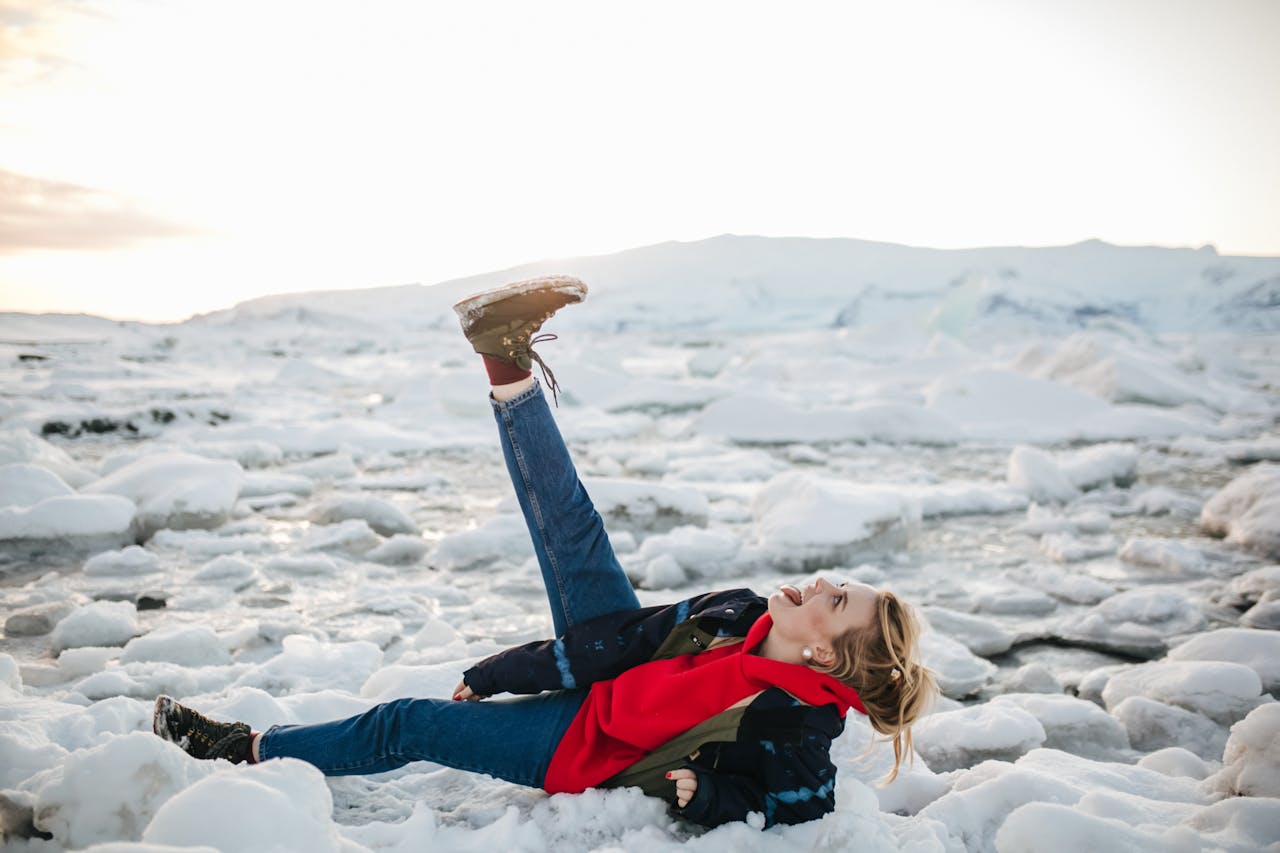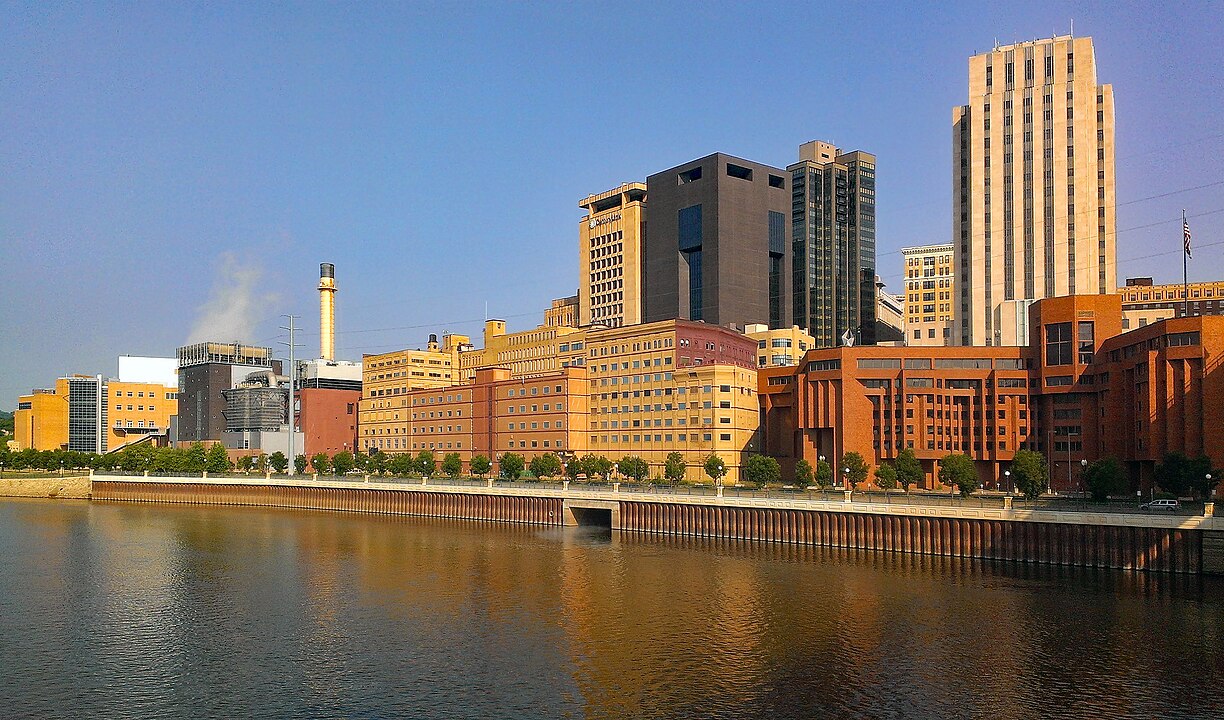Heat waves are exhausting, which is why coolcations are trending. These destinations stay comfortable because of latitude, ocean currents, or high elevation. A quick science note: air cools roughly 3.5°F for every 1,000 feet you climb, and cold coastal currents create fog that lowers daytime highs. Each pick lists summer temps, why it stays cool, and one teen-friendly activity. International options include a passport note, while plenty of U.S. choices work for long weekends or road trips with family.
1. Reykjavik, Iceland
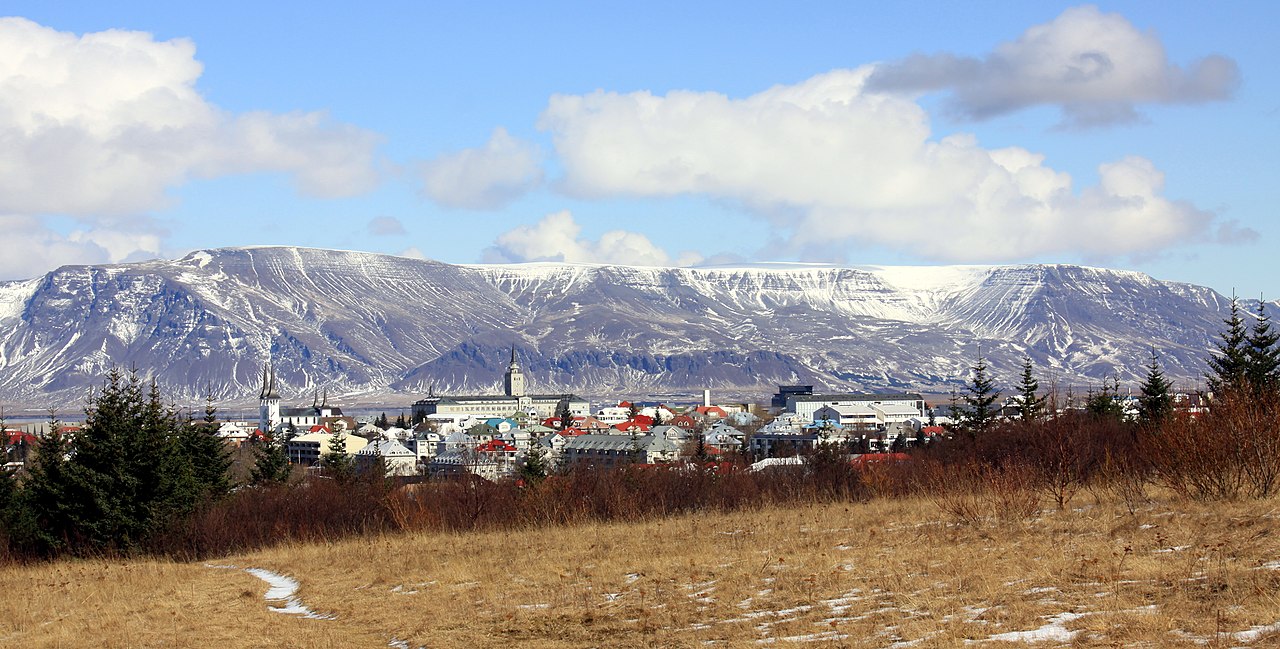
Average July highs hover in the upper 50s to low 60s thanks to North Atlantic winds and cool ocean temperatures. Long daylight means tons of time outside without swelter. Walk black sand beaches on the South Coast, soak in geothermal pools, or photograph puffins near cliffs. Food halls make trying local snacks easy for teens. Budget tip: city buses reach many sights, and student cards often shave transit costs. A passport is needed, but flight times from the East Coast are shorter than you expect.
2. Scottish Highlands, United Kingdom
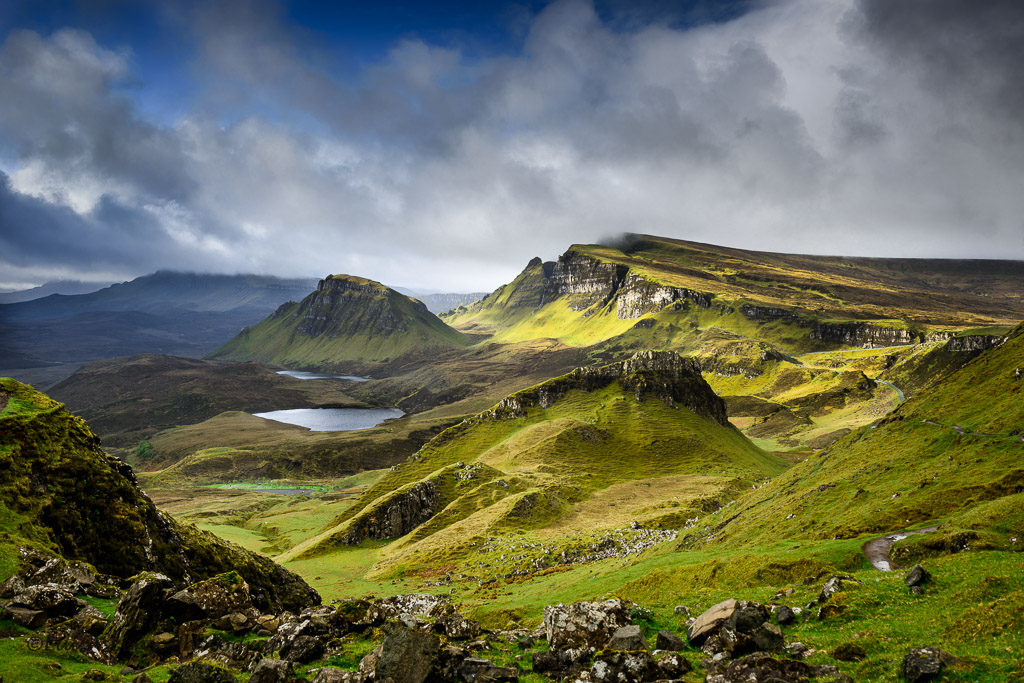
Summer highs often land in the low 60s, with misty days that feel perfect for hiking. The latitude keeps things mild and evenings linger late. Teens can kayak on glassy lochs, search for red deer on guided walks, and explore castles that look pulled from movies. Trains connect small towns, so rental cars are optional. Layer up with a waterproof shell and trail shoes. Passport required, and power outlets use UK plugs, so bring a compact adapter that fits multiple devices.
3. Banff and Lake Louise, Alberta
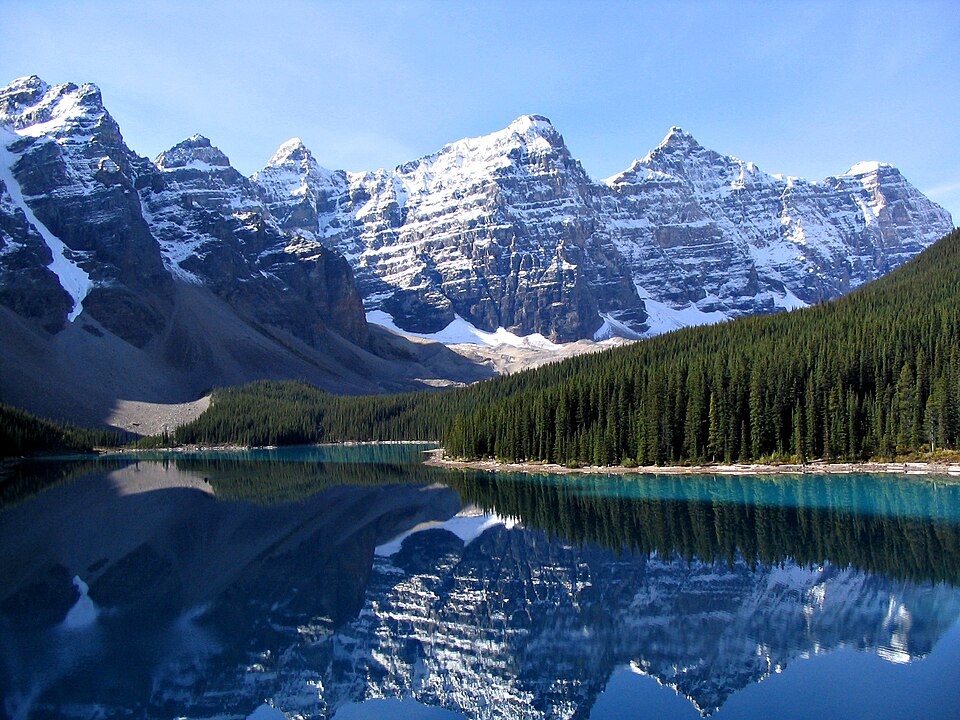
At 5,000 to 6,000 feet, Banff’s summer highs usually sit in the 60s and 70s. Altitude plus glacier-fed lakes keep air crisp. Teens can rent canoes on turquoise water, bike the Legacy Trail, or ride a gondola for alpine boardwalks with wildflower views. Wildlife rules are strict, so store snacks well and follow distance signs. Even July nights feel hoodie-worthy. A passport is required, but driving from Montana is straightforward. Book shuttles to Moraine Lake early since parking fills quickly.
4. San Francisco and the Marin Coast, California
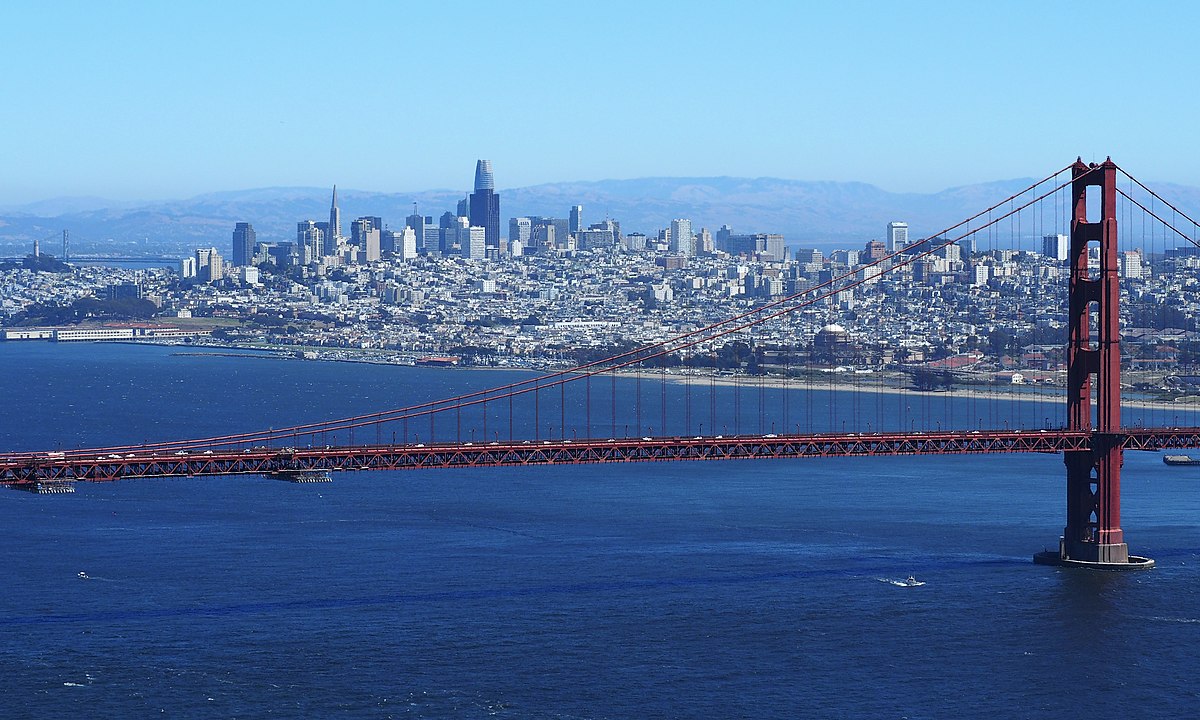
Ocean upwelling and the marine layer make classic fog-cool summers, with many days in the 60s. Teens will notice how neighborhoods change fast: sunny Mission, chilly Richmond, windy Crissy Field. Ride bikes across the Golden Gate Bridge to Sausalito, then ferry back for skyline photos. Pack layers, since evenings feel colder than the forecast reads. Clammy air equals great bakery runs and hot chocolate stops. Transit is solid, and car-free waterfront paths make exploring low stress.
5. Oregon Coast – Cannon Beach to Newport
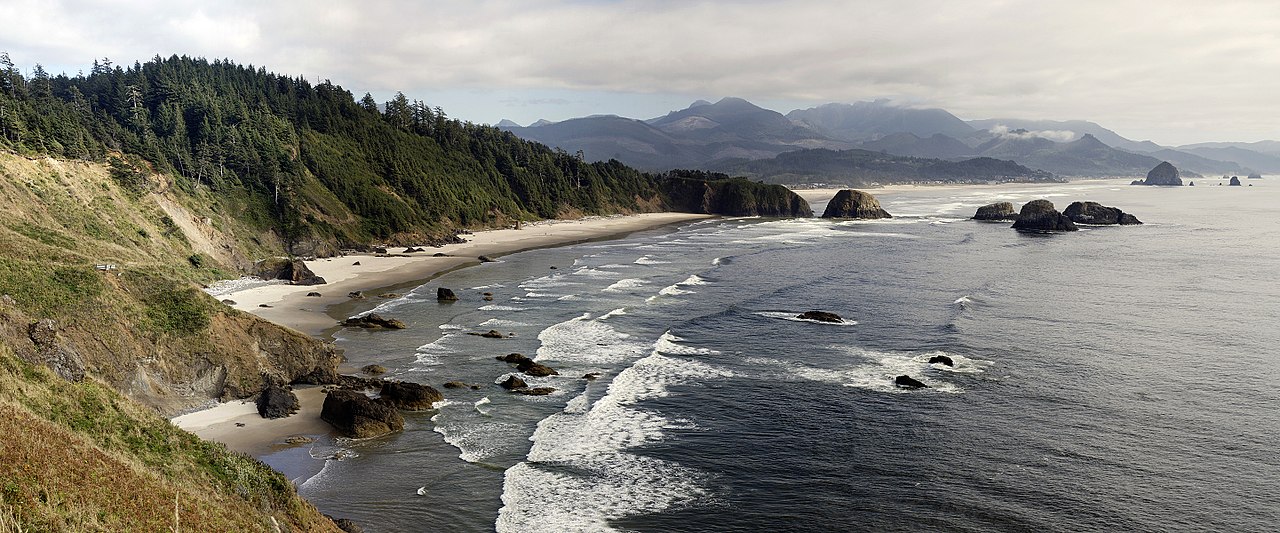
Cold Pacific water and steady breezes keep highs in the 60s even when inland hits triple digits. Teens can tide-pool near Haystack Rock with posted wildlife rules, fly kites on wide beaches, and tour historic lighthouses. Fog mornings burn off to gentle afternoons that are perfect for clam chowder and photo walks. Expect fewer chains and lots of indie spots. Bring a windbreaker, not just a hoodie. Traffic stacks on weekends, so book stays inside walkable towns.
6. Olympic National Park, Washington

From mossy rainforest to alpine ridges, temperatures usually sit in the 50s to low 70s. Ocean air, altitude, and dense forest share the cooling job. Teens can watch surfers at Rialto Beach, hike Hurricane Hill for snow-capped views, and look for elk in quiet valleys. Ranger programs explain how the marine layer protects temperate rainforest trees. Schedule early ferries and long daylight makes big scenery possible without marathon days. Pack bug spray, and respect fragile tide zones at low tide.
7. Acadia National Park, Maine
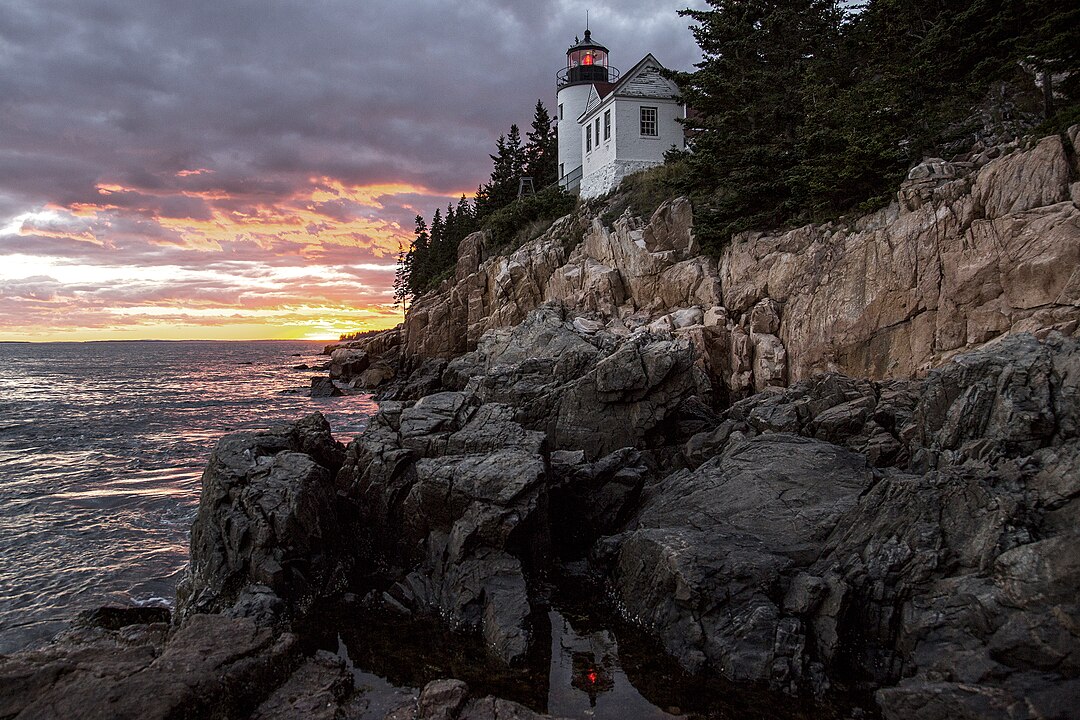
Cold Gulf of Maine waters keep Bar Harbor afternoons in the 60s and 70s, with ocean breezes that make climbs comfortable. Teens can bike the historic carriage roads, scramble the Beehive with iron rungs, or catch sunrise on Cadillac Mountain. Lobster shacks and rocky coves turn dinner into an activity. Fog horns are part of the soundscape on misty mornings. Reserve park shuttles when possible, since parking is tight. Sweatshirts are mandatory for sunset on the granite ledges.
8. Michigan’s Upper Peninsula
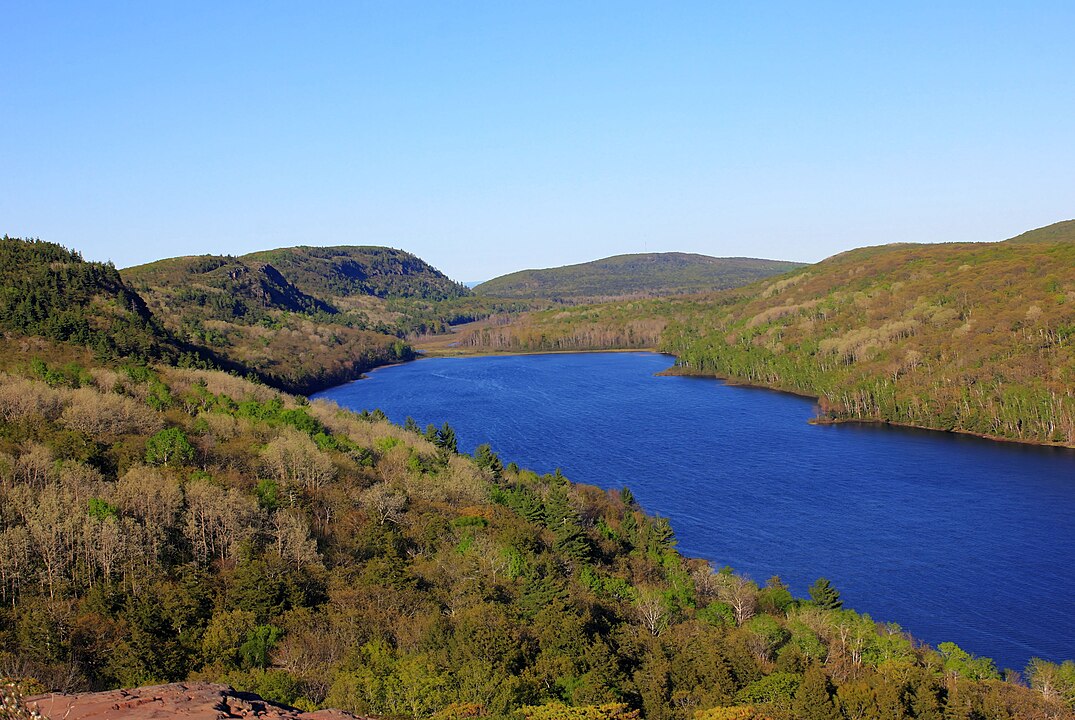
Surrounded by Lakes Superior and Michigan, summer highs often stay in the 60s and low 70s, with cool, starry nights. Teens can kayak sea caves at Pictured Rocks, hunt agates on pebble beaches, and tour decommissioned iron mines. Lake breezes keep bugs moving and temps stable, while water stays chilly even in August. Pasties and fry bread stands fuel hikes without breaking budgets. Cell service fades on back roads, so download maps and carry a light puffer for windy overlooks.
9. Breckenridge and Summit County, Colorado
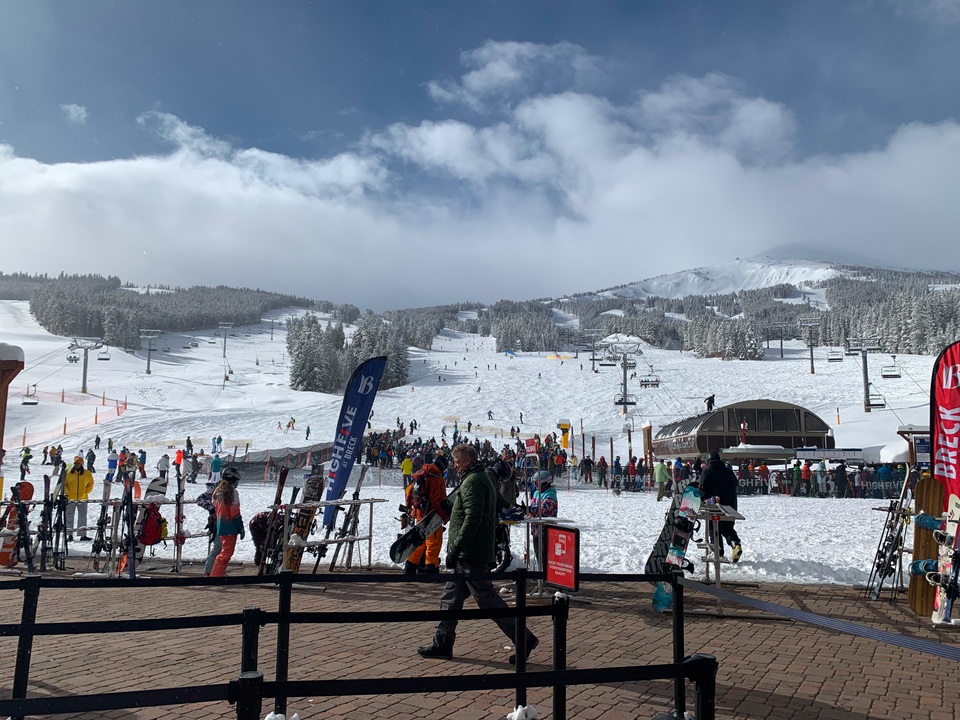
Town sits near 9,600 feet, so July highs around the upper 60s feel springlike. The environmental lapse rate means each 1,000 feet up cuts roughly 3.5°F. Teens can try lift-served hiking, alpine slides, and mellow mountain biking. Hydration matters, so sip water early and often, and take the first day slow to adjust. Afternoon thunderstorms are common, which helps cool things down again. Evenings are hoodie weather with bright stars. Free shuttles link resorts, trailheads, and grocery stops.
10. Taos and the High Desert, New Mexico
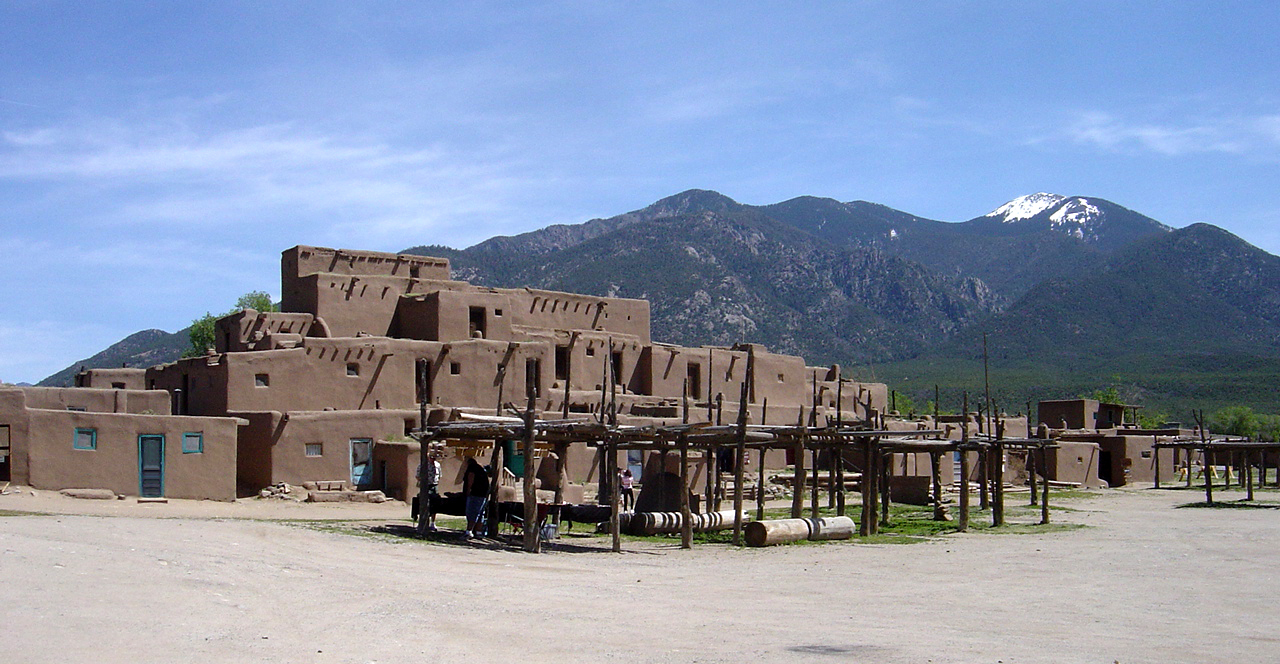
Taos sits around 7,000 feet, so nights drop fast and mornings start crisp. Summer highs often sit in the 70s, and low humidity keeps sweat from lingering. Teens can raft the Rio Grande Gorge, stroll adobe plazas, and photograph the bridge at golden hour. Afternoon monsoon clouds build drama for epic sky shots. Respect cultural sites like Taos Pueblo and check hours before visiting. Sunscreen and lip balm are essentials at altitude. Local cafes lean into green chile everything.
11. Glacier National Park, Montana
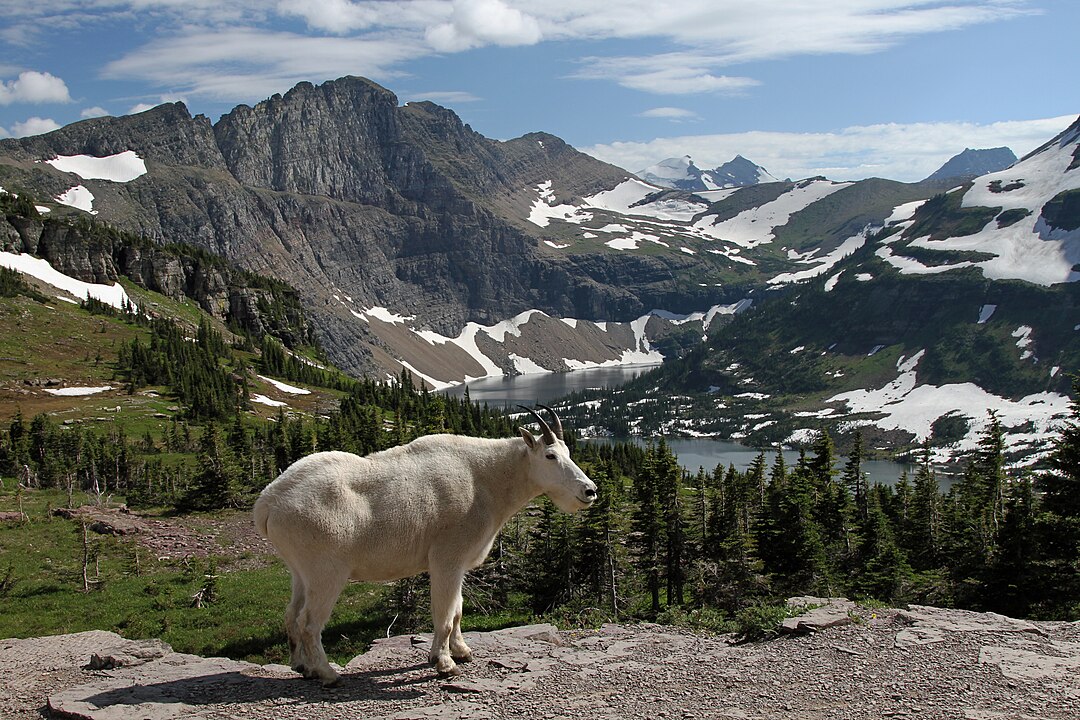
Alpine passes and glacial valleys keep daytime highs in the 60s and 70s, with snowfields lingering into July at higher pullouts. Teens can spot mountain goats near Logan Pass, paddle calm lakes, and learn bear safety from rangers. Timed entry helps reduce traffic, so reserve windows early. Even on warm days, lake water remains cold, so treat swims like quick dips. Sunset alpenglow deserves a tripod. Carry layers and a rain shell because mountain forecasts shift quickly.
12. Vancouver and Vancouver Island, British Columbia
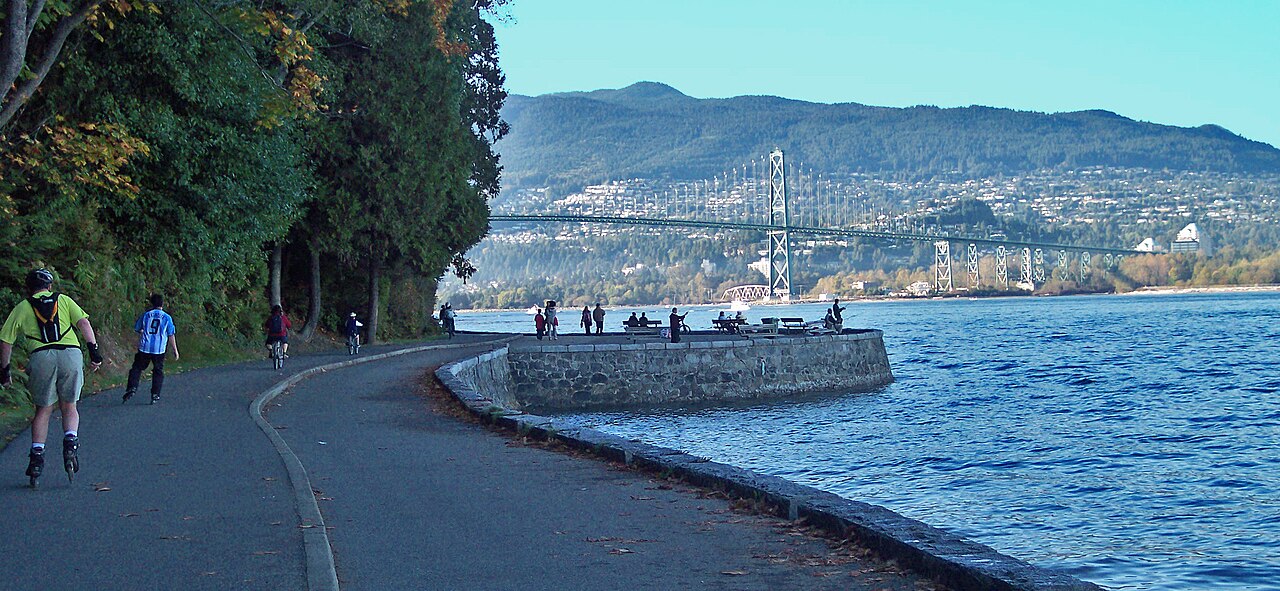
Marine breezes and northern latitude keep many summer days in the 60s and 70s. Teens can bike the Stanley Park seawall, take a short ferry to island beaches, and explore tide pools with posted rules. Street food scenes make budget lunches easy. Evenings cool off fast along the waterfront, perfect for sweater weather and sunset shots. Transit is excellent, so renting a car is optional. A passport is required, and contactless pay works on most buses and trains for quick tap-ins.
